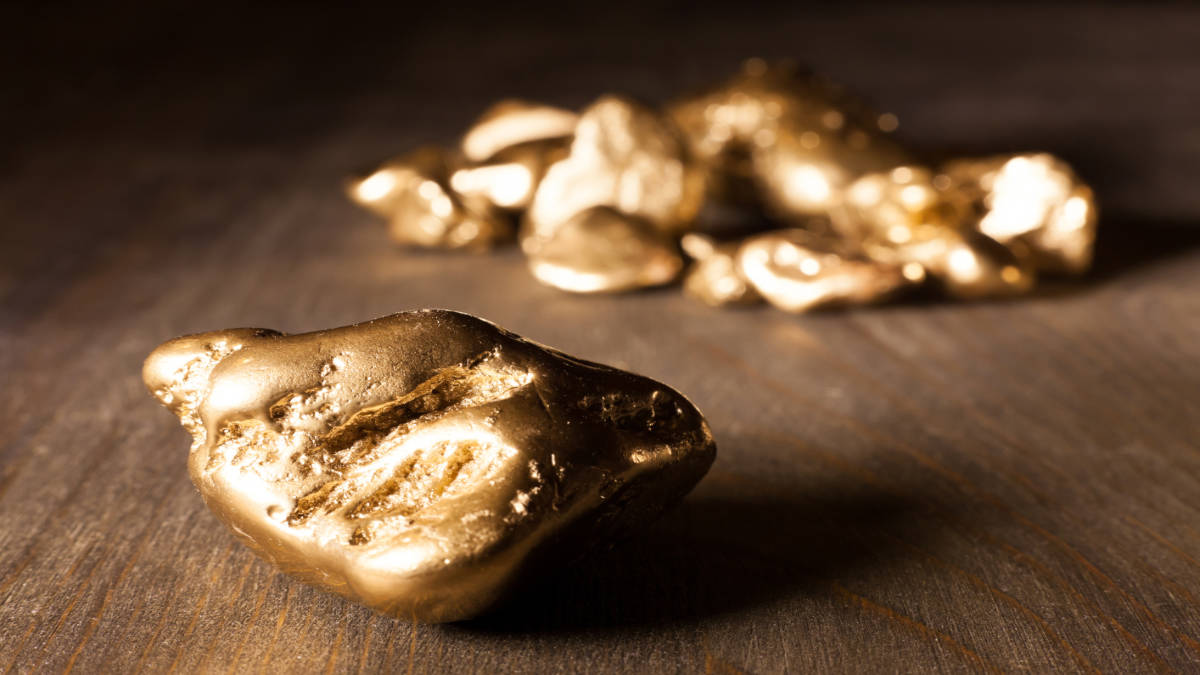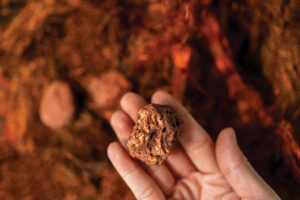Four West African goldies that are showing up their moaning Aussie peers

Pic: Getty
Garimpeiro is glad the quarterly reporting period for the Aussie gold miners has come to an end.
The endless complaints about rising costs due to COVID impacts and higher energy costs became unbearable.
True, there was real cost pressure on the industry in the quarter. But it was not end of the world stuff.
But one after another, chief executives bleated about the cost pressures.
In doing so, they failed miserably at promoting their stocks with their woe is me! attitude to life.
Why they didn’t talk up the fact that gold in US dollar terms put on 8% in the March quarter (i.e. costs were an issue but the gold price was a big offsetting factor) is anyone’s guess.
Maybe it was because many were too embarrassed to admit that the stronger US dollar price, and the lower Aussie dollar, meant their hedge books were out of the money.
Whatever the reason for their bleating, Garimpeiro doesn’t want to hear from them for the time being, preferring instead to turn his attention to the ASX-listed West African gold stocks.
Unlike the Aussie gold patch, there was no March quarter bleating from the West African producers and developers. On the whole, they outperformed their Aussie peers.
That was despite having to deal with the same COVID impacts and higher energy costs that made their Aussie peers weak at the knees.
Garimpeiro’s assessment is that they are simply a hardier breed. Apart from Covid and energy costs, the West Africans must also deal with malaria, Hepatitis B and HIV/AIDs. Oh yeah, and the odd military coup deposing a democratically elected government.
Imagine if the Aussies had to put up with that lot. We would never hear the end of it.
The West Africans just get on with things and when things go as well as they did for them in the March quarter, they are good at beating the drums to get the good news out there.
Just getting on with it
Of more particular interest to Garimpeiro is that while their share prices have generally performed well in recent times, upside potential remains, even after applying a discount for the challenges of operating in West Africa.
Here are four that Garimpeiro has on his watchlist:
PERSEUS (ASX:PRU): Trading at $1.98. Canaccord has a $2.55 price target on the stock. The headline to its March quarter report said it all: “Perseus continues to set production & operating cashflow records.’’
The company now has three operating mines (two in Côte d’Ivoire and one in Ghana) and expects to produce as much as 506,000oz in FY2022 at an all-in-sustaining cost of no more than $US1,020/oz.
Put those mines in WA and Perseus’ market cap would be a multiple of the current $2.3 billion. That means it has got to be on the radar of international gold companies not scared of producing high margin gold in West Africa, lots of it too.
WEST AFRICAN (ASX:WAF): Trading at $1.36. Euroz Hartleys has a $2 price target on the stock. Another high-margin producer. Its Sanbrado mine in Burkina Faso is tracking well to produce 220,000-240,000ozs at an AISC of $US1,040 to $US1,100/oz in CY2022.
Its confidence in the project is reflected in the company being something a rarity as it remains unhedged. The market loves the growth story too, with the company getting closer to pushing the development button on last year’s pick-up, the 6.8 million ounce Kiaka project, also in Burkina Faso.
TIETTO (ASX:TIE): Trading at 52c. Petra Capital has an 85c price target on the stock. Tietto is building West Africa’s next gold mine at its 3.45 million ounce Abujar project in Côte d’Ivoire. First gold is forecast by the end of the year.
Abujar should throw of tonnes of cash in the first year when production is forecast to hit 260,000oz. Output over the first six years is forecast to total 1.2 million ounces at an average AISC of just US$804/oz.
That’s the base case as the company’s “Drill and Build” strategy continues to add to the resource inventory.
PREDICTIVE (ASX:PDI): Trading at 24.5c. Canaccord has a 46c price target on the stock. Exploration results at its 3.65 million ounce Bankan project in Guinea continue to impress.
A resource update is likely in September quarter and something north of 4 million ounces will not surprise. So it is getting seriously big, at a nice grade too.
UNLOCK INSIGHTS
Discover the untold stories of emerging ASX stocks.
Daily news and expert analysis, it's free to subscribe.
By proceeding, you confirm you understand that we handle personal information in accordance with our Privacy Policy.








